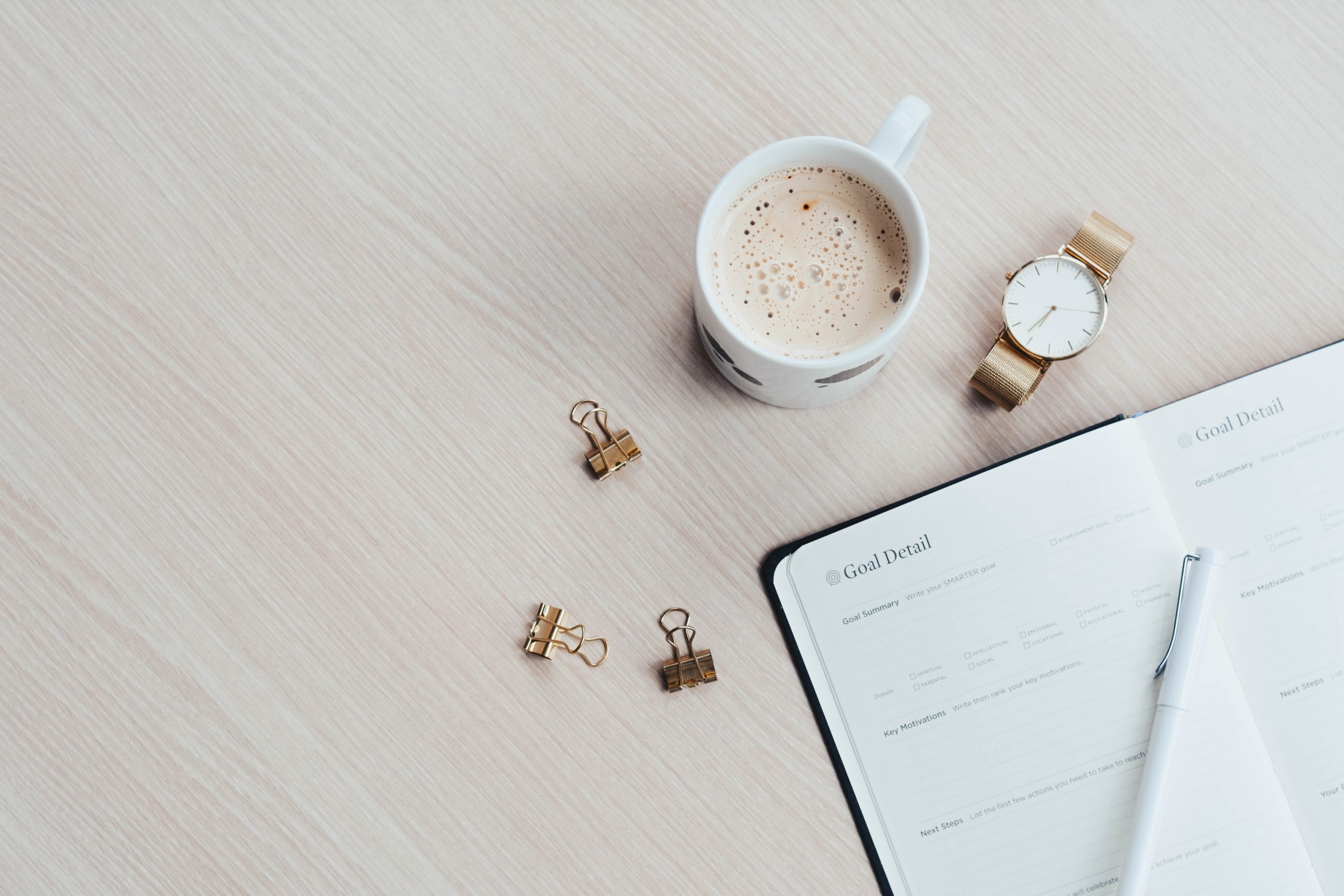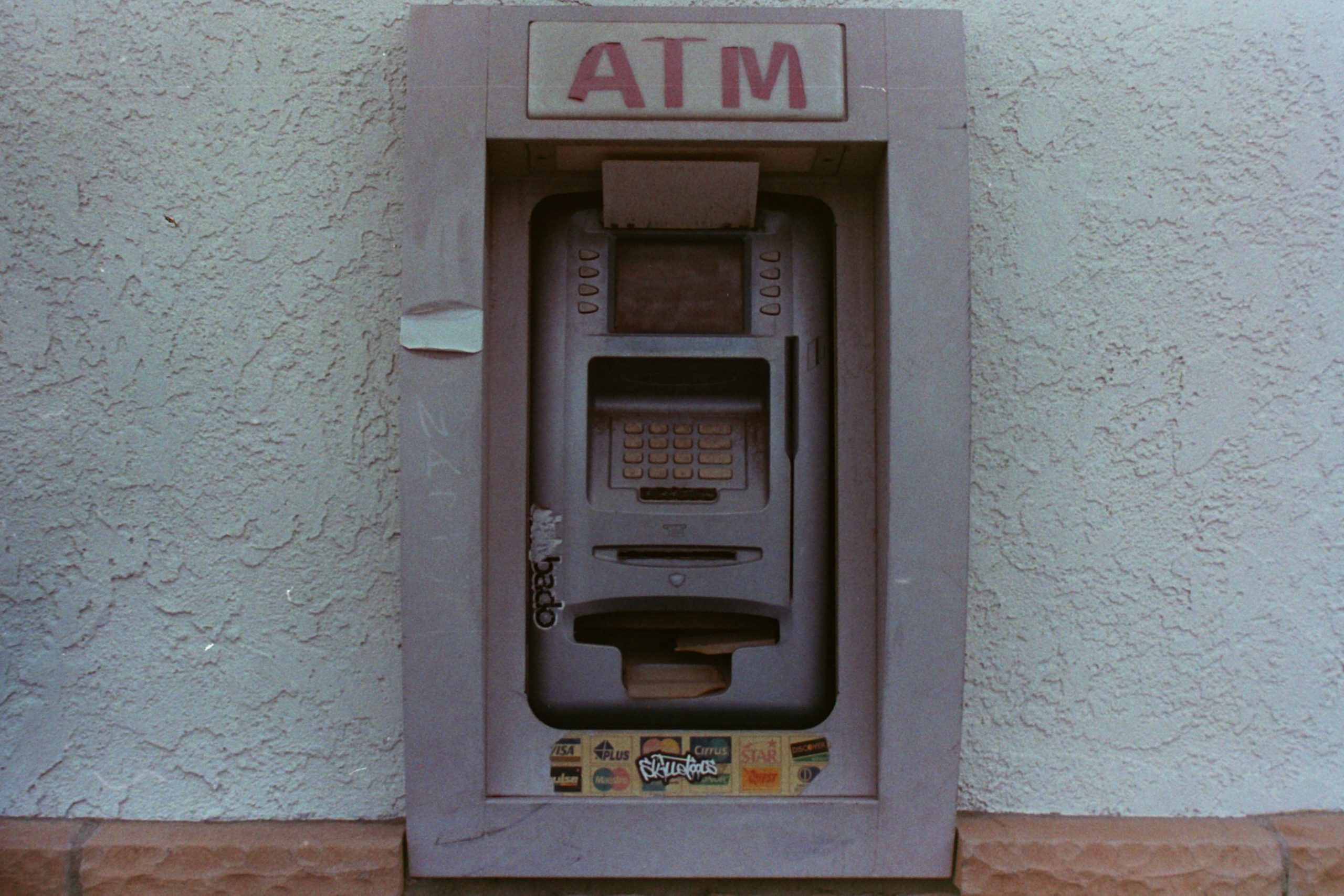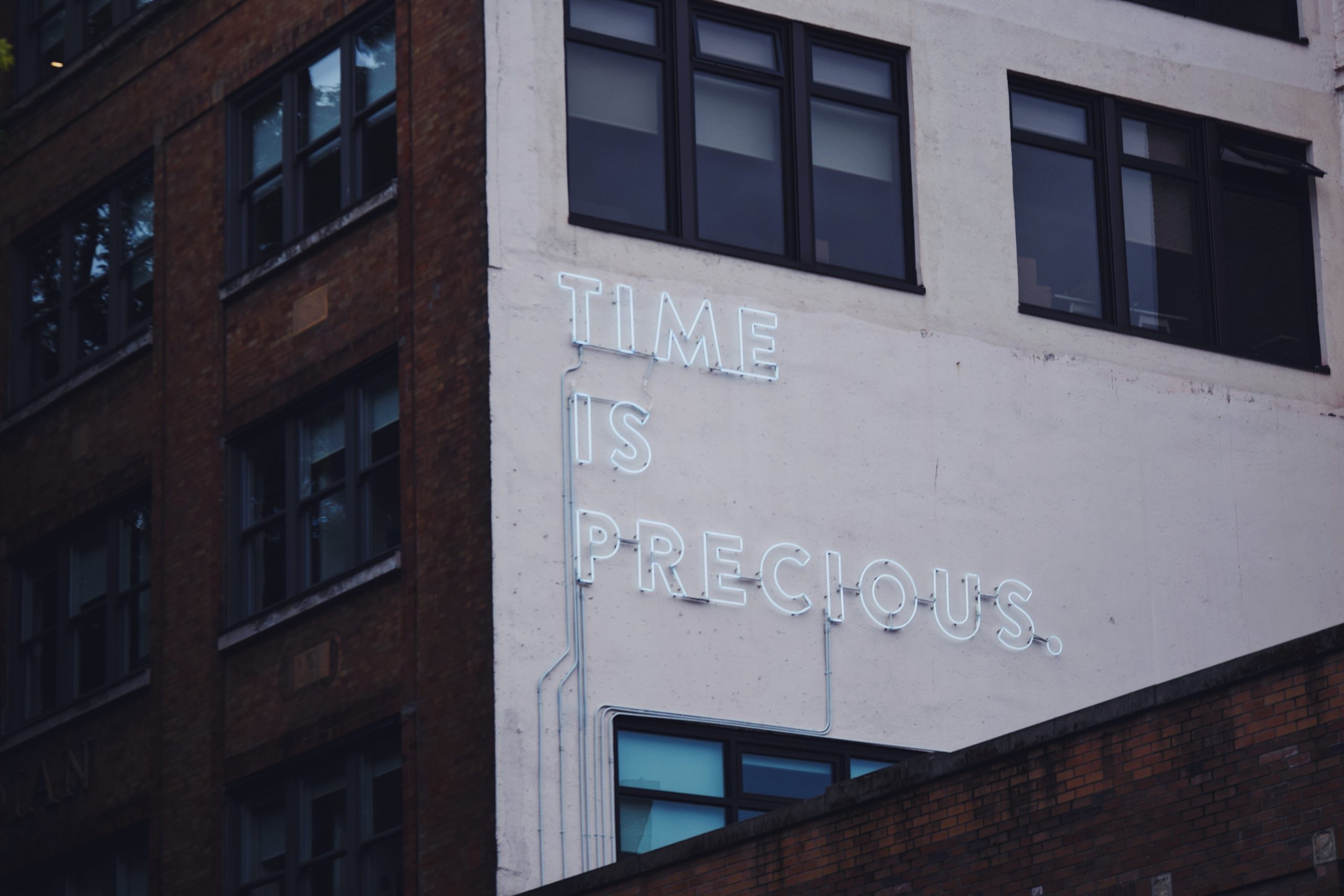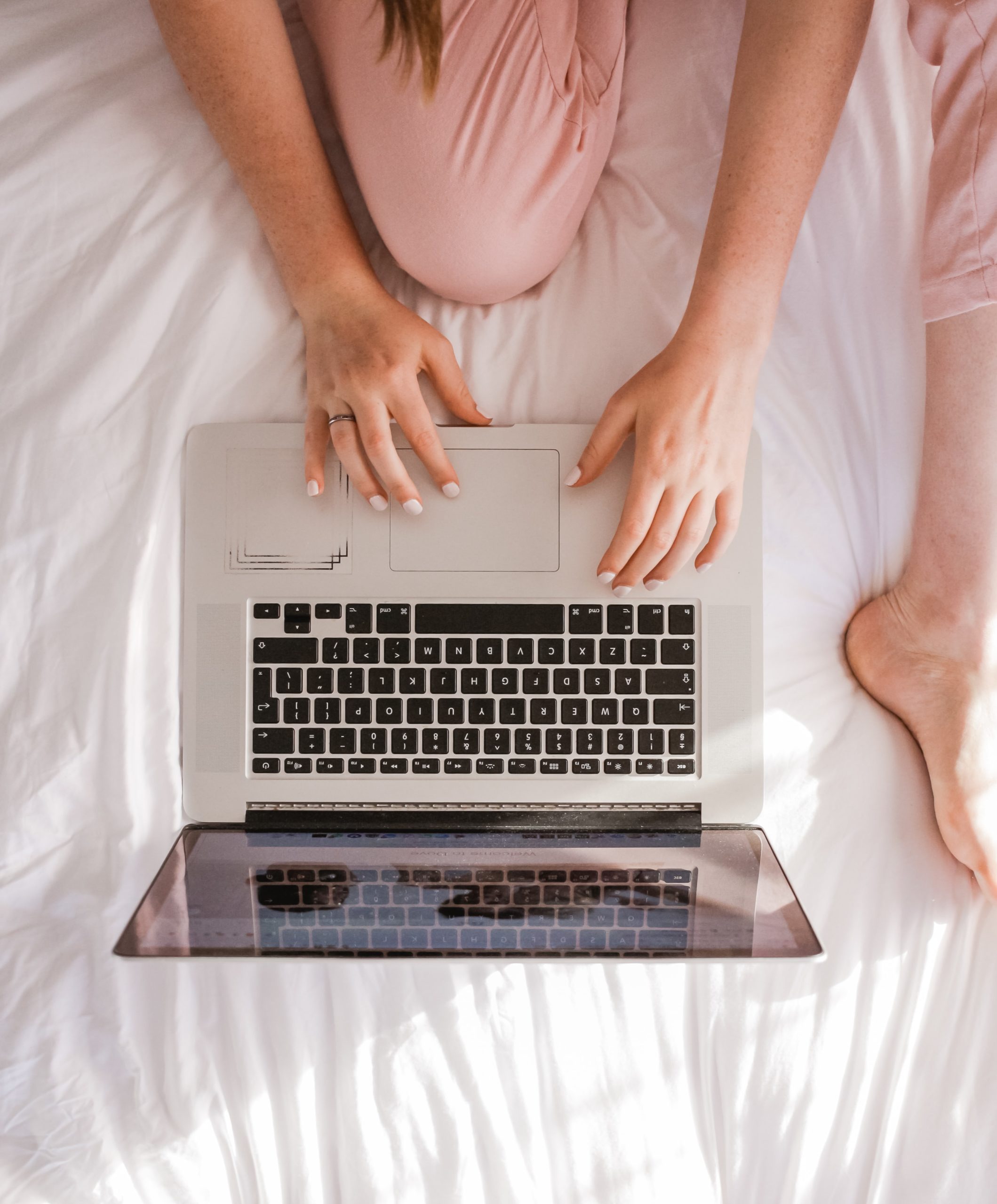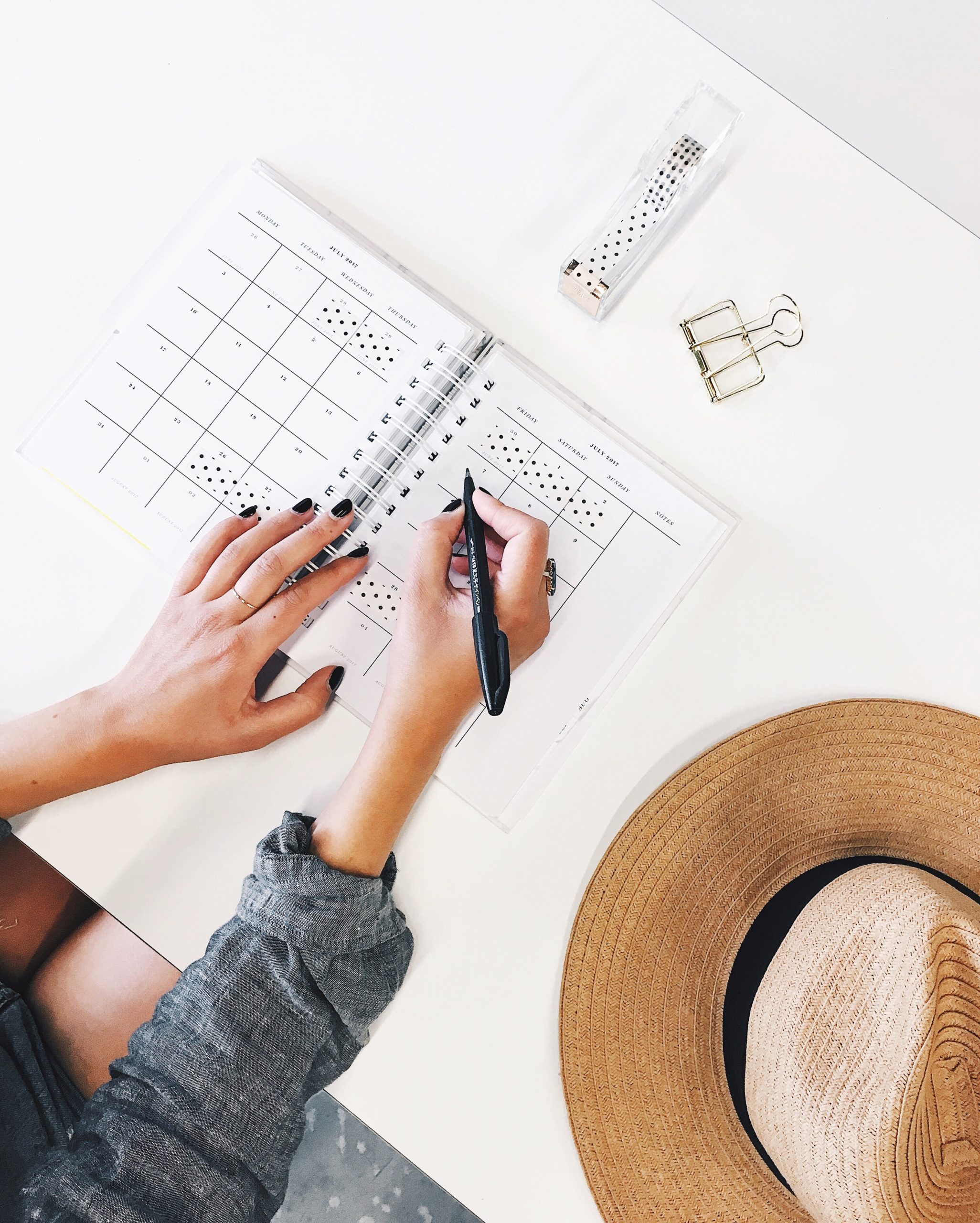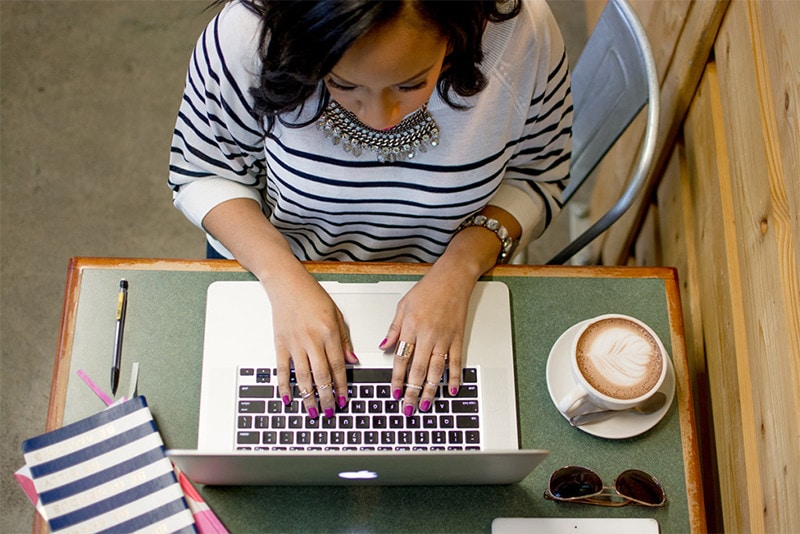
Style became really difficult for me when I was in my early 20’s. It’s truly the most awkward stage of your life where you don’t want to dress like a teenager (even though you literally were one a year ago), but you don’t want to dress like your mom, either. It’s like, at what point do I ward off Forever 21 and start exploring J. Crew?
During this time in my life, I was also having a huge identity crisis with my brand. I’d gone through dozens of rebranding phases, and not only was it confusing for me, it was confusing to my audience.
Last year I finally hired a personal stylist to help me put together pieces that reflected a young, 20-something businesswoman. I didn’t want to wear pant suits, and I couldn’t continue showing up to meetings in a t-shirt and combat boots, so finding a happy medium was something I needed help with. After going through her process, I realized that my personal brand became more cohesive as well. How could I deliver consistency in my brand, when I didn’t even understand my personal fashion sense? (Yes, there’s a correlation because so much of your brand is a representation of what matters to you).
I realized that a lot of what I went through in finding my personal style is what many business owners go through when deciding how they want their visual brand to look. Here’s the process I recommend for working with a personal or “brand” stylist to revamp the way people see you (and the way you see yourself!)…
1. Create A Budget
Before deciding to hire someone, I had to decide how much I could afford to spend for a stylist and for the clothes I would need to purchase. For your visual brand, you need to know how much your designer costs and what additional expenses there might be (printing business cards, getting a website, etc).
2. Mood Board On Pinterest
Creating a mood board is a great way to make sure you and your stylist are on the same page. Share design styles that you are drawn to. When they share pins based on what they think you’re looking for, leave comments saying what you like and don’t like. It’s important that your designer/stylist understands your vision clearly.
3. Get To Work
In this phase, my stylist put together some outfits for me based on my budget. This is the time your designer should be creating design drafts for you. Make final decisions together during this step.
4. The “reveal”
Once I finally purchased everything, I actually revamped my website with updated photos of myself. This part can be so exciting. Think of some interesting ways you can introduce your brand’s new look.



